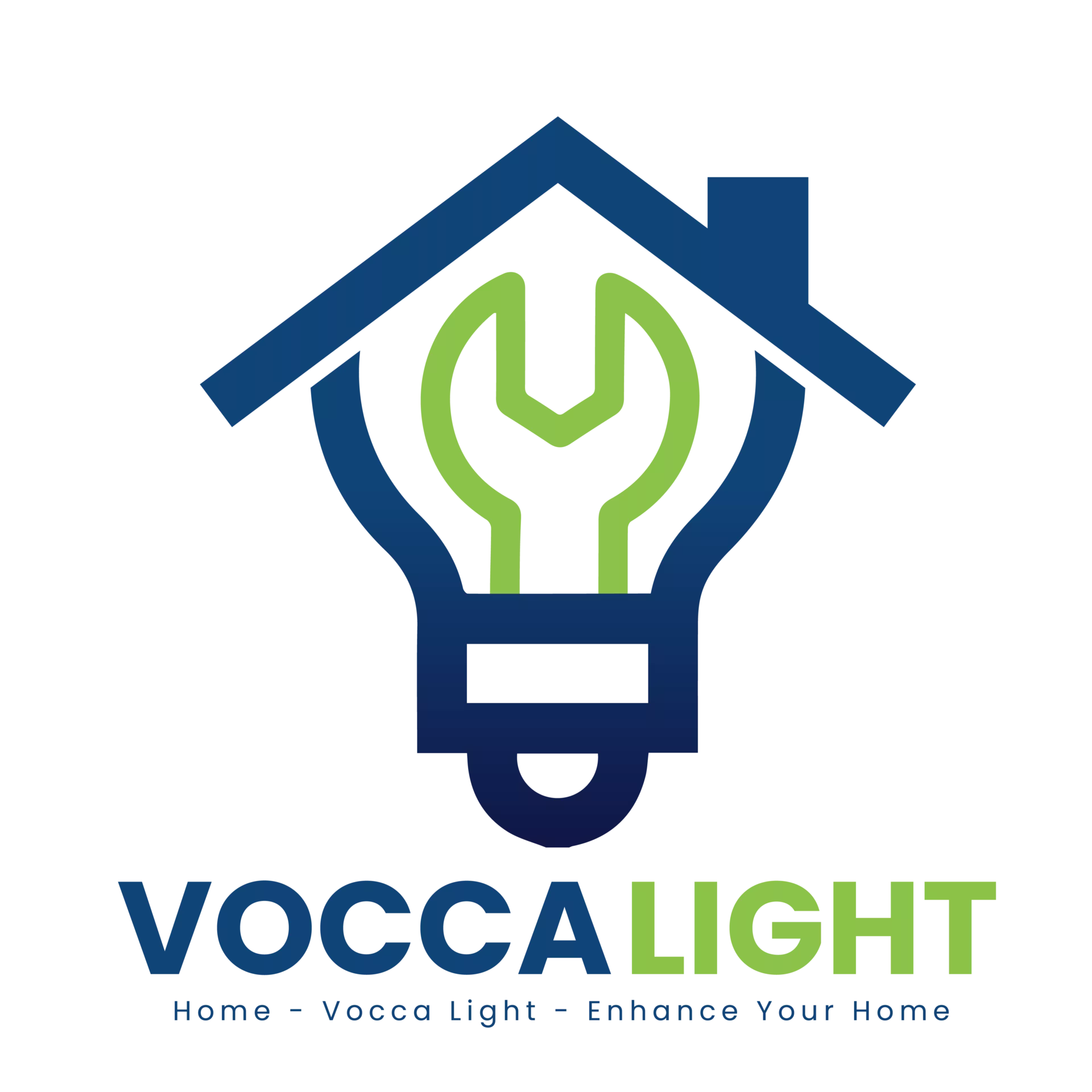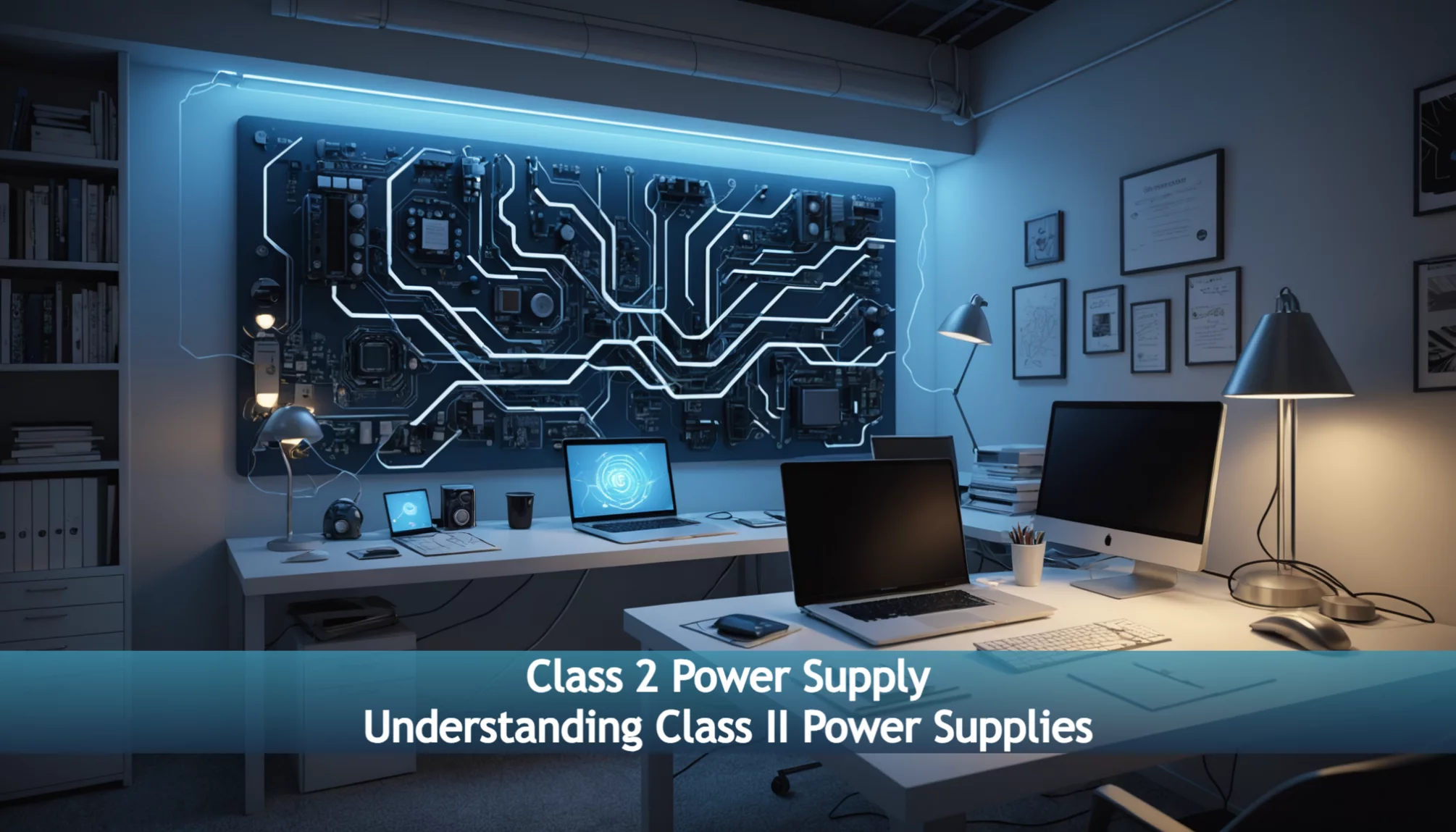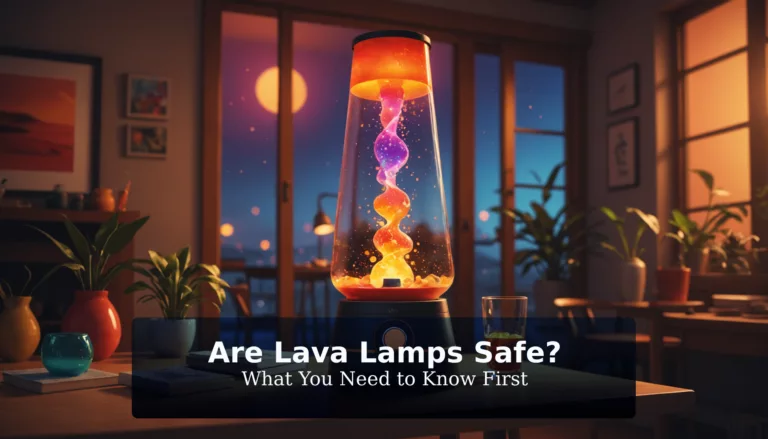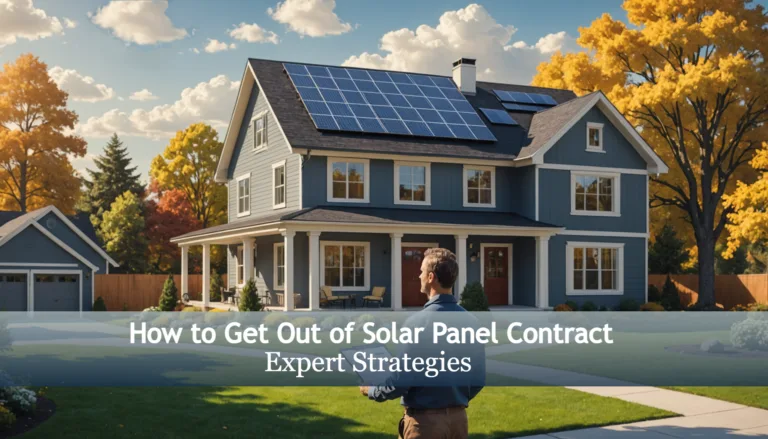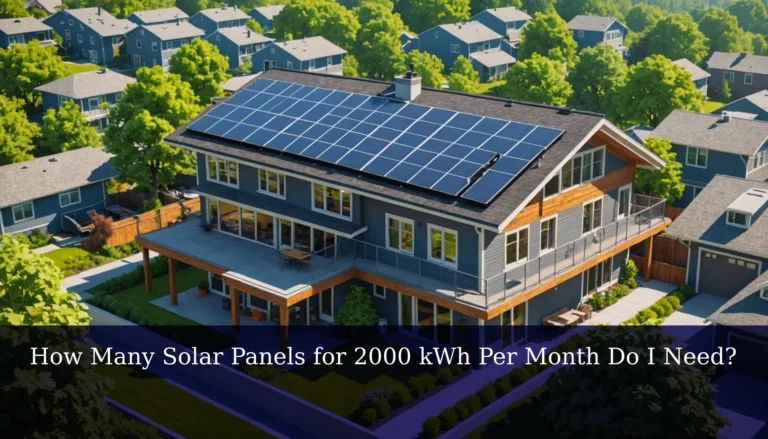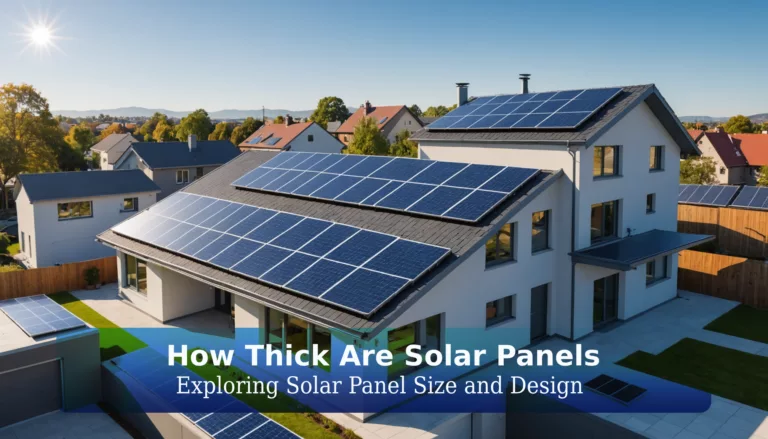Class 2 Power Supply: Understanding Class II Power Supplies
Ever wondered why some electronic devices come with those special power adapters? A Class 2 Power Supply isn’t just another boring box on your cord – it’s like a safety superhero for your favorite gadgets! These smart power units protect your electronics from dangerous power surges while keeping you safe from electrical accidents. Class 2 refers to a power supply circuit that limits energy to safe levels. Class II refers to the construction of the device, using double or reinforced insulation to prevent electric shock, and removing the need for a ground connection. Many Class 2 power supplies also utilize Class II construction.
Think of it as a traffic controller for electricity, making sure your devices get exactly the power they need without overloading. Whether you’re setting up LED lights in your room or powering your new gaming console, understanding power adapters and voltage requirements can save you from frying your expensive equipment. We’ll explore how these safety-certified power supplies work, show you how to pick the right one for your projects, and share some cool tricks for proper installation that will make your DIY electronics projects totally awesome!
The Basics of Class 2 Power Supply

The Basics of Class 2 Power Supplies and Class II Insulation
Class 2 Power Supplies are limited-energy circuits that deliver low-voltage power while restricting output voltage and current. They follow UL 1310 and NEC Article 725 guidelines to protect against electrical shock and fire risks. Class II power supplies, on the other hand, use reinforced insulation to reduce shock hazards without relying on protective earth grounding (Wikipedia, Citeseerx).
Understanding the Power Supply Requirements
Class 2 Power Supplies must limit output power to a maximum of 100VA. The current limit will vary depending on the output voltage, but the product of voltage and current must not exceed 100VA. They feature overcurrent protection and self-limiting circuits that respond quickly to faults. The table below shows key differences from traditional power supplies:
| Requirement | Class 2 | Traditional Power Supply |
|---|---|---|
| Voltage Limit | 30V AC / 60V DC | Varies |
| Power Output | Up to 100VA | Higher capacity |
| Ground Connection | Not required | Often required |
| Protection | Self-limiting | External methods |
Differences Between Class 2 Power Supply Circuits and Class II Device Construction
Class 2 focuses on maximum power limitations and safe current levels. These limits help prevent fires and lower the risk of electric shock. Meanwhile, Class II centers on protective construction and reinforced insulation. Class II devices do not rely on a ground connection but still guard against electrical hazards through two layers of insulation.
Applications of Class 2 Power Supplies
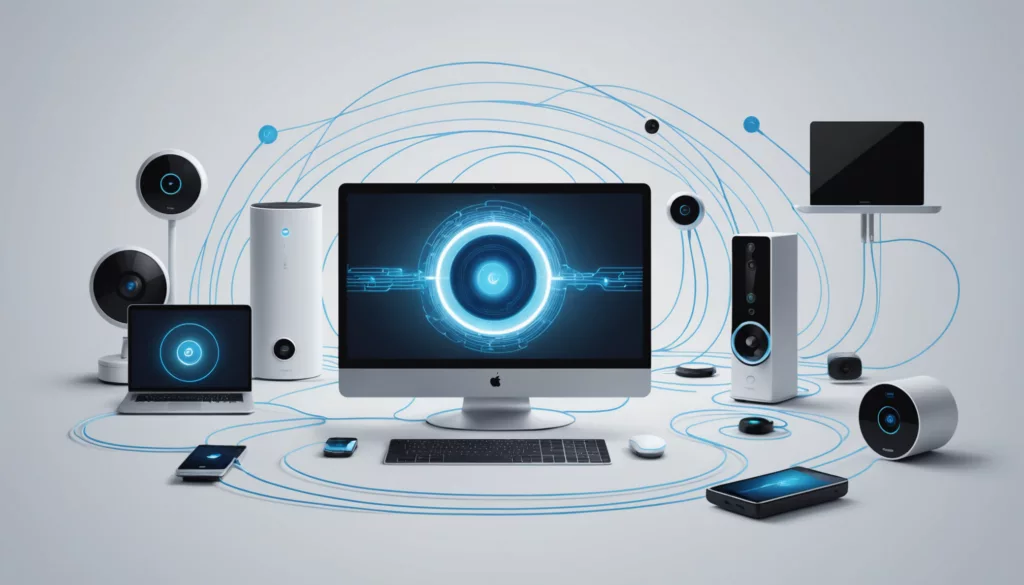
You depend on Class 2 power supply units, often with Class II construction, when you need reliable, low-voltage power with minimal risk of shock. These systems use double insulation to protect you from electrical hazards. They also comply with recognized standards like UL 1310 and the IEC62368-1 standard (UL).
Uses of Class II Power Supplies in Various Devices
You often see Class 2 power supplies, often with Class II construction, in gear such as LED televisions, audio amplifiers, and office printers. They also appear in external LED power supply drivers, track lighting controllers, and network switches. By offering limited power output with no protective earth connection, these components help prevent fires or electric shock.
How AC to DC Power Supply Fits into Class II Systems
An AC to DC Class 2 Power Supply converts your 120/240V AC input into stable lower DC voltages. It uses rectification and filtering to deliver clean current while maintaining at least 3000V of isolation between its input and output. This isolation provides a two-wire power cord design, avoiding the need for protective earth-ground wiring.
The Role of a 12V DC Power Supply in Class II Applications
Many Class II units feature a 12V DC output. A typical 12v 2a power supply or a typical 12V DC power supply adapter often supports up to 100VA of power and includes short-circuit and overload protection. These features keep your devices running within a safe temperature range of -20°C to +40°C.
| Feature | Specification |
|---|---|
| Input Voltage | 120/240V AC |
| Output Voltage | 12V DC |
| Maximum Power | 100VA |
| Current Limit | 5A @ 20V |
| Insulation | Double Insulation |
Wiring and Safety Standards for Class 2 Power Units

Class 2 Power Supply devices follow strict rules that protect equipment and reduce the risk of electric shock. You help prevent costly mistakes by following these guidelines and checking all installations before use.
Safety, Certifications, and Wiring of Class 2 Power Supplies
Key Safety Features and Certifications
Class 2 power supplies prioritize safety with limited 100VA output, voltage caps (30V AC/60V DC), and built-in overcurrent protection. Many use Class II construction (double insulation) eliminating the need for grounding.
Key Safety Features:
- 100VA Power Limit: Minimizes fire and shock risks.
- Voltage Limits: 30V AC/60V DC maximum.
- Overcurrent Protection: Prevents excessive current.
- Class II Construction (Optional): Double insulation, no ground needed.
Standards and Wiring:
- IEC 62368-1: Applies to many devices using Class 2.
- Proper Wiring: Separate from high-voltage, strain relief, adequate ventilation, and correct load matching are essential (National Fire Protection Association).
- UL 1310 & NEC 725: Define safety and installation rules.
Best Practices for Installing Class II Power Supplies
You should keep Class 2 Power Supply units away from heat sources and moisture. Give each unit enough open space for ventilation. Mount them in stable locations with good airflow to avoid overheating. Always include strain relief where the power cord attaches. These steps align with manufacturer guidance to ensure solid and safe connections.
Understanding the Maximum Output and Input Limitations
Most Class 2 Power Supply adapters accept 100-240V AC at 50/60 Hz. Their output voltage must not exceed 30V AC or 60V DC. The maximum output current of a Class 2 power supply is limited by the 100VA power limit. For example, at 20V, the maximum current would be 5A (100VA/20V), and at 30V, it would be approximately 3.3A (100VA/30V). Many systems, like a typical 12V DC power supply adapter or 24v power supplies, follow these rules to protect users from dangerous contact points.
Troubleshooting Common Installation Issues
When a switching power supply adapter overheats, confirm there is enough airflow. You can remove any obstructions and check for correct load levels. If you spot loose connections, tighten wire terminations and verify the right gauge. Stray sparks or frequent trips may mean you have exceeded the power limit. Always refer to the manufacturer’s guidelines for specific troubleshooting steps. Regular checks help you keep your Class 2 Power Supply systems reliable.
Comparing Class 2 Power Supplies to Other Power Solutions
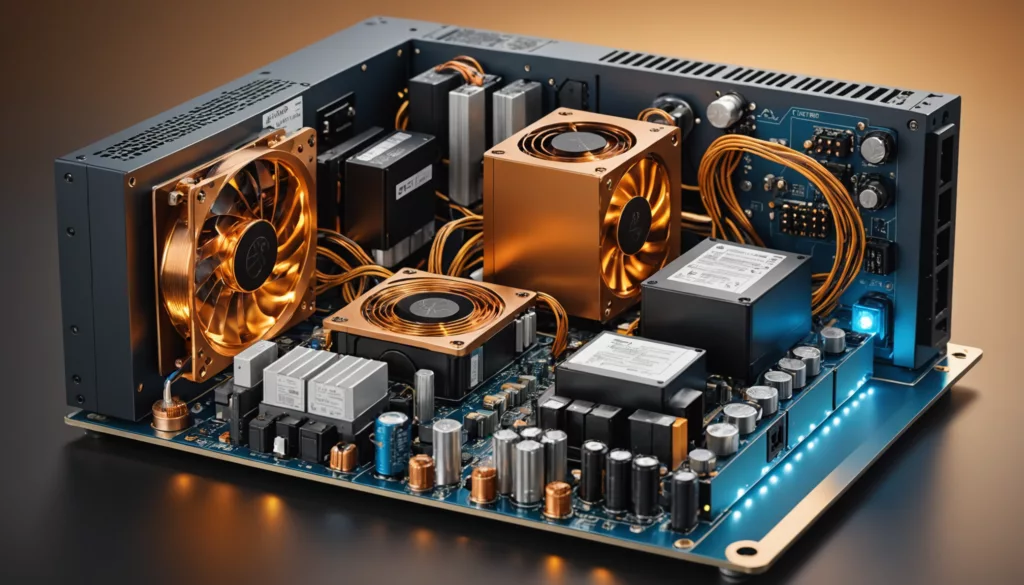
Class 2 Power Supply vs. Traditional Power Supplies
Class 2 power supplies limit maximum output to 100VA and 30V for added safety and simpler wiring methods. Traditional power supplies often exceed these maximum power levels and may require more protective earth-ground wiring. Built-in protection circuits and double insulation are standard on Class 2 plug-in power supplies, while traditional models often depend on separate grounding or additional insulation layers.
A variety of products, including external LED power supply units and transformer power supply cord cables, rely on Class 2 construction to reduce risk of electrical shock.
Advantages of Using Class II Power Supplies
Class II power supplies use double insulation to protect the user from electric shock and minimize the need for a separate ground connection. This design typically lowers long-term costs by reducing maintenance, wiring sizing regulations, and installation labor. Class II devices also provide lower weight and compact form factors, which benefit industries relying on portable equipment.
Applications include laptop power supply adapters and lighting systems that benefit from limited power output.
Addressing Common Misconceptions About Class 2 Power Supplies
Some believe Class 2 power is automatically weaker, but Class2 power focuses on safety rather than raw output. Double insulation reduces risk but does not eliminate the need for proper wiring or protective measures. Certain devices, such as 12V DC power supply cords and 24V power supplies, still offer robust performance while meeting Class 2 safety codes.
Cost-Benefit Analysis
Initial costs for Class 2 models can exceed those of traditional versions, yet simplified wiring requirements often lead to long-term savings. These power supply options require fewer replacement parts because of built-in protection, which lowers maintenance expenses. Energy efficiency also plays a major role in limiting operating costs over time.
Organizations in the power supply industry note reduced downtime and easier installation as major benefits.
Future Trends and Innovations in Class II Power Supplies

The power supply industry undergoes steady evolution as manufacturers explore new materials and digital control methods. These developments enhance safety, reduce energy use, and streamline Class 2 Power Supply designs. Smart features also expand possible applications.
Emerging Technologies Impacting Class 2 and Class II Power Supplies
Gallium Nitride (GaN) technology represents a significant shift in Class II power supply design. Wide-bandgap semiconductors, such as GaN, allow higher switching frequencies and smaller form factors. They also reduce heat generation, leading to longer device lifespans. These advantages benefit products like a 12vdc power supply unit in residential and commercial environments.
The Evolving Landscape of DC Power Supply Solutions
The modern DC power supply market emphasizes IoT connectivity and advanced thermal management. Many industry research papers highlight progress in microprocessor-based protection features, better EMI suppression, and digital control systems. Solutions that meet the IEC62368-1 standard often use two layers of insulation to guard against electric shock. They also align with UL 1310 guidelines by limiting maximum power to safe levels.
Environmental Impact and Sustainability
Environmental considerations remain crucial in Class 2 Power Supply development. Manufacturers adopt recyclable components and RoHS-compliant processes to reduce material waste. They also aim to minimize standby power consumption, which lowers overall energy use. Careful power factor correction further reduces carbon footprints.
Key Implications for the Industry
These innovations deliver smaller form factors, lower operating costs, and enhanced reliability for Class 2 plug-in power supplies. They support broad applications in lighting, laptop power supply systems, and direct plug-in power supply units. Current research continues to examine cost-effectiveness and standardization, ensuring that future solutions offer greater efficiency and safety for diverse installations.
Expert Tips and Recommendations
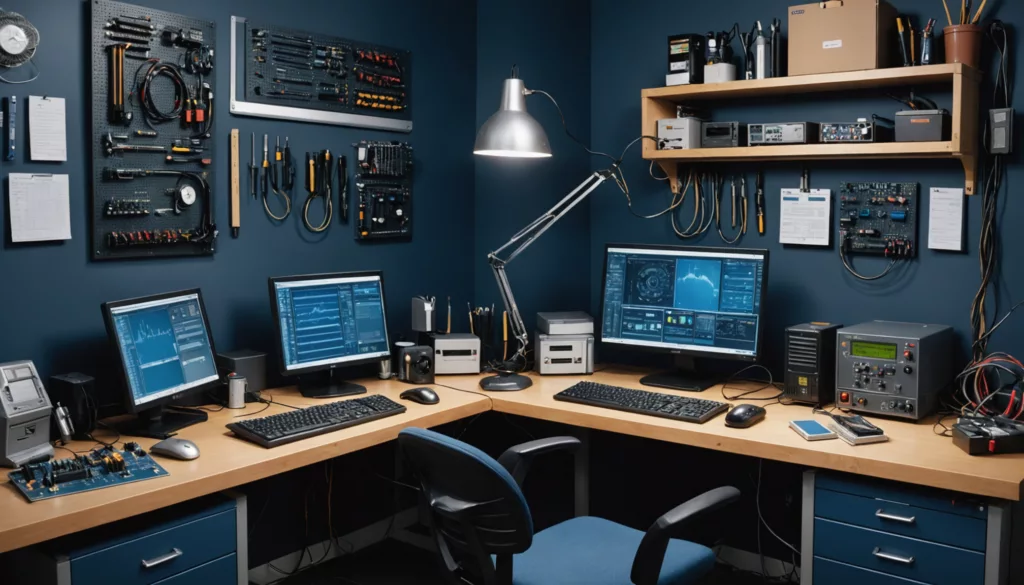
Selecting the Right Class 2 Power Supply
You want to look for official safety marks, like UL 1310, on any Class 2 power supply you choose. These marks show that the unit meets important safety standards. A Class 2 power supply must stay below 100 volt-amperes (VA) with an output under 60V DC or 30V AC. Check that the current rating fits your device’s needs to avoid damage.
Environmental conditions also matter. Look for models with the right indoor or outdoor rating, especially if you have damp or dusty areas. Check the operating temperature range and allow enough ventilation to avoid overheating. For further guidance, see Wikipedia.
Maintenance and Care Guidelines
Regular checks keep your Class 2 power supply safe and efficient. Inspect cables for fraying, clear dust from vents, and confirm that it runs at a normal temperature. Log any odd sounds or temperature spikes for future reference. This helps prevent fire risks and electrical shock issues.
Set a monthly schedule to test the output voltage and note how the supply performs under typical loads. Clean around the device to stop dust buildup and keep vents clear.
When to Consult a Professional
A licensed technician can help you install Class 2 plug-in power supplies in complex setups. Seek professional advice if you spot performance issues or plan system changes. Certain tasks, like combining a 24V power supply with multiple circuits, require special know-how. An expert ensures safe wiring and meets NEC rules.
You may also need professional input when local laws demand inspection or certification. Outdoor uses or high-humidity spaces often add extra wiring rules. Professional support reduces hazards, prevents damage, and keeps your project on track.
Conclusion
Class 2 power supplies are essential components in many modern devices, offering both safety and reliability through their double insulation design and limited power output. Understanding these power supplies helps you make informed decisions about which type to use in your home projects, while following proper installation guidelines ensures both safety and optimal performance. The combination of built-in protection features and standardized safety requirements makes Class II power supplies an excellent choice for DIY enthusiasts.
Whether you’re working with LED lighting systems or electronic devices, Class 2 power supplies provide the perfect balance of safety and functionality. As technology continues to evolve, these power supplies will remain a trusted solution for your home projects, offering peace of mind through their protective features and reliable performance. Keep exploring different applications and always prioritize safety when working with any power supply system.
FAQs
1. What is the maximum voltage output for a Class 2 power supply?
According to NEC Article 725 and UL 1310, Class 2 power supplies must not exceed 30V AC or 60V DC. Total output capacity cannot surpass 100VA (volt-amperes).
2. What makes a power supply “Class 2”?
A Class 2 power supply limits output power through built-in safeguards. It uses double insulation to protect against electric shock and meets UL 1310 or similar product safety standards.
3. How can a Class 2 power supply be identified?
Look for “Class 2” markings, labels showing maximum output under 100VA, and a double-insulation symbol (a square within a square). Many transformer power supply units also include UL listings.
4. Are Class 2 power supplies required to be UL listed?
Yes. Most must meet UL 1310 or UL 1585 requirements to ensure limited power output. This listing reduces fire and shock risks.
5. What are common applications for Class 2 power supplies?
Many LED lighting systems, smart home devices, doorbells, and security cameras rely on Class 2 power supplies. Each system benefits from limited power output to prevent overheating or shock.
